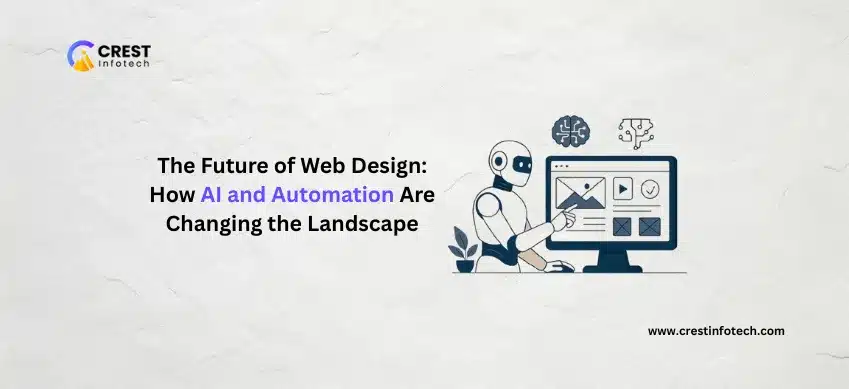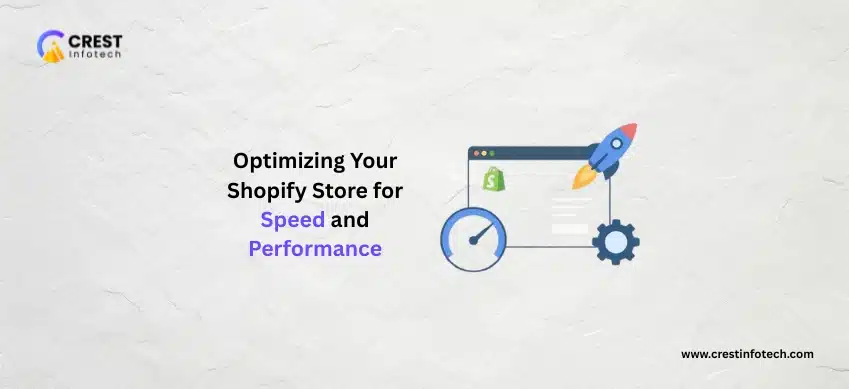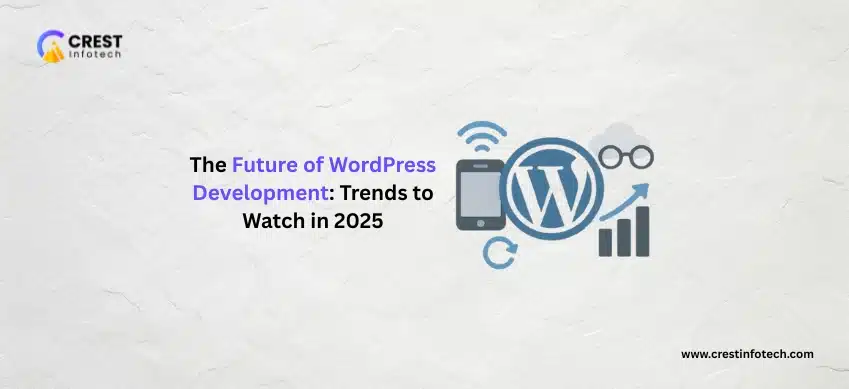AI and automation are no longer futuristic concepts — they’re actively reshaping how websites are planned, designed, and built. From intelligent layout tools to AI-generated code, the web design process is evolving faster than ever.
1. AI-Powered Design Tools
Modern design tools are integrating artificial intelligence to assist with layout, color choices, and even content creation.
- Adobe Firefly: Uses generative AI for quick mockups and creative assets
- Figma AI: Suggests layout improvements and generates design elements
- Canva Magic Design: Helps non-designers create stunning visuals with ease
2. Automated Website Builders
AI-powered website builders are making it easier than ever to launch sites in minutes.
- Wix ADI: Builds custom websites based on user input and goals
- Bookmark: Uses an AI assistant to design fully responsive sites
- Framer: Combines AI and real-time editing for quick prototyping and publishing
“Automation lowers the barrier to entry — but custom strategy and UX still set great sites apart.”
3. AI-Driven Content Creation
From text to images, AI is transforming content production.
- Generate blog posts, product descriptions, and CTAs using tools like ChatGPT
- Create royalty-free visuals with platforms like DALL·E or Midjourney
- Use AI tools to localize and personalize content at scale
4. Smart UX and Personalization
AI is also making websites smarter — adapting in real time to user behavior.
- Personalized product recommendations and content blocks
- Dynamic user flows based on real-time data
- AI chatbots providing 24/7 support and engagement
5. Code Generation and Automation
Developers are also benefiting from AI-powered productivity.
- Tools like GitHub Copilot suggest and write code
- No-code/low-code platforms like Webflow automate front-end work
- AI can detect bugs, write tests, and optimize performance
“Automation handles the repetitive — so you can focus on innovation.”
6. Ethical and Creative Considerations
With automation comes responsibility. Designers and developers must stay mindful of:
- Bias in AI-generated content and recommendations
- Overreliance on templates that limit originality
- Accessibility and inclusivity in AI-generated designs
Final Thoughts
AI and automation are revolutionizing web design — not by replacing human talent, but by enhancing it. The most successful designers will be those who embrace these tools, think strategically, and use technology to deliver smarter, more personalized digital experiences.



